|
William
Henry
Redshaw
1856 - 1943 |
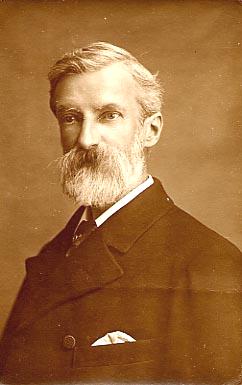 |
Photography
as a tool to record social change was not taken seriously when it appeared on the scene in the 19th century and yet it is through this medium that we can see the images of times past and get a glimpse of the way it was. One of the early pioneers of this new art form in Bourne was William Redshaw who concentrated primarily on portrait photographs to please his clientele but also took many pictures of the town that survive to this day to remind us of how much it has changed.
The Redshaw family originated at Heckington in Lincolnshire where in the late 18th century, James Redshaw (the name was then spelled Redeshaw) was a yeoman, saddler and shopkeeper who married Mary Burton and they had nine children. The eldest, John, who was born in 1761, moved to Bourne and married Elizabeth Dewey on 20th July 1789 and began in business as a saddler at premises in North Street.
John was one of the first Methodist leaders in Bourne and was a member of
the Bourne circuit from its inception in 1808. The Rev Thomas Cocking, in
his book The History of Wesleyan Methodism in Grantham and its Vicinity
(1836) wrote: "He was a man of strict integrity and industrious
habits, had a kind and peaceable disposition and an unassuming manner.
John Redshaw's house [in North Street] was the local preacher's home for a
number of years and John and his wife made great efforts to ensure their
guest's comfort."
Two young men were brought to God while serving as
apprentices to the Redshaws, no doubt due to the influence of their
employers upon them. Later in their lives, both were called to the
ministry, one of them, James Taylor, was recorded in 1836 as travelling in
the Ringwood circuit and the other, John Gillison, served as a missionary
in West Africa until his death in 1820.
John Redshaw died in 1834 and the business was taken over by his son, Thomas Redshaw (1793-1874), and then by his son John Redshaw (1823-1895). John married Elizabeth Hardwick and they had four children, among them William Redshaw who was the only one to survive.
|
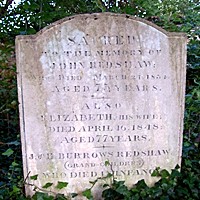 |
The tombstone of John Redshaw
(1761-1834) in Bourne churchyard where he is
buried with his wife Elizabeth
(1771-1848) and two
grandchildren who died in infancy. His grandson John Redshaw
(1823-1895)
is pictured right. |
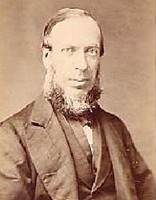 |
The saddlery business that James had founded was eventually taken over by his son Thomas Redshaw and
although he was declared bankrupt on 26th December 1843, the business
survived and he managed to pay off his debts. By 1851, he was described as a saddler, leather cutter and general dealer, and living at the premises in North Street with his second wife Phoebe and his son John, also a saddler. By 1856, the business had become Thomas Redshaw and Son and when Thomas died in 1874, John took over the saddlery business and his wife Elizabeth opened a fancy goods repository at the same premises which by then extended behind North Street and into Burghley Street.
Their son, William Henry Redshaw, was born on 23rd June 1856 and although he was brought up in the saddlery trade, the occupation did not appeal to him but photography did and in 1874, at the age of 18, he decided to set up his own business, using his father's premises in North Street. Photography was still in its infancy and regarded by most people as little more than a passing phase, but his studios were an immediate success.
The majority of the photographs taken commercially at this time were portraits and callers to Redshaw's studios would pose against backdrops of fruit, flowers and trees to have their likeness taken before he would retire to his purpose built darkroom in the garden behind the shop to develop and print the results. The most popular form of portraiture at this time was the
carte de visite, a small piece of pasteboard, measuring 4in. by 2½in., although there were variations in size, and containing the photograph of the sitter and the trade name of the photographer, usually engraved in an ornamental script.
There were of course enlargements for the family album but the main purpose of the sitting was usually to produce a number of
cartes de visite to be presented by the sitter on special occasions as a memento of a precious encounter. They exuded sentimentality and put the sitter at their best with the most fashionable items from their wardrobe, moustache waxed, bow tie exact, the latest hat properly pinned, hair in fashion with ribbons to match the new dress and children in their Sunday best. An appointment with the photographer was an appointment with vanity and William Redshaw soon learned how to flatter his clients.
|
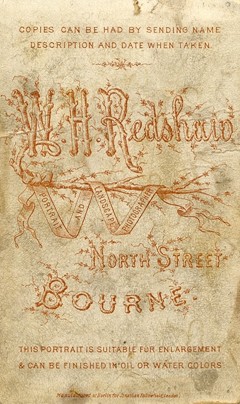 |
Carte de visit produced by
William Redshaw from circa 1880 showing an unidentified married
couple in traditional studio pose. These photographs were printed
on card with the photographer's name and address on the reverse
and offering copies, enlargements and even prints in colour which
were hand finished in water colours. |
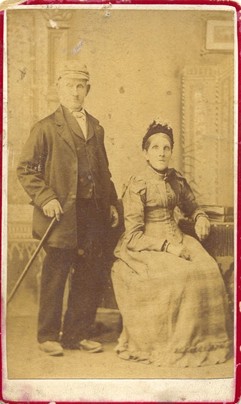 |
|

|
|
A photograph of the period
(above), taken circa 1890, shows his shop in North Street with his pony and trap outside
and a young man believed to be his son, while on the wall hangs a collection
of his portraits to illustrate his art as an advertisement to attract passing trade.
The picture below is his new business premises at No 37 North
Street, decorated with flags to celebrate an unknown royal
occasion. This building was later occupied by the flower shop Ring O'
Roses. Redshaw also owned the properties behind, extending as far
as Burghley Street. |
|
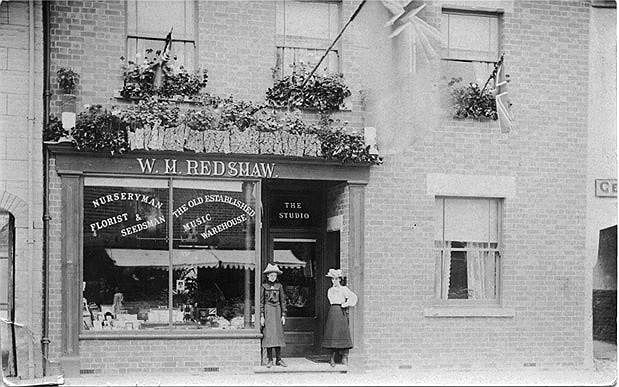 |
Redshaw also perfected his own photographic dark room for developing and printing his film, a tall, slender structure rather like a Victorian garden privy, but nonetheless effective, with fitted shelves, racks for the bottles of chemicals and slides and sinks for the developing process. Photography was becoming popular as a hobby for those who could afford it and friends asked if he could provide them with a similar structure that could be positioned in the back garden where the husband could pursue his hobby without disturbing the household.
|
Business began to boom and Redshaw spotted another retail outlet and
started to expand his activities with the sale of his now famous
portable photographic dark rooms with another inventive idea: rustic
furniture for gardens and parks with a lighter range of items
suitable for halls, libraries, dining and drawing rooms.
His range of "Old English garden furniture" was wide, using timber
cut straight from the woods for the manufacture of summer houses and
seats, tables, window boxes, gates, screens, arches, pergolas and
even dog kennels. Everything was made to order at his workshop in
Burghley Street where there was also a showroom to display his
wares.
|
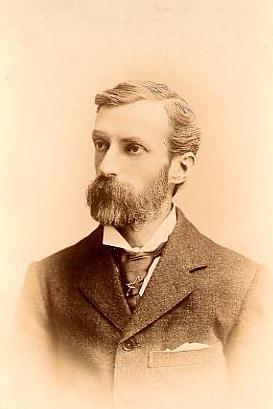
The
young William Redshaw |
By 1885, he had founded the firm of W H Redshaw and Son although the original premises had been extended at the rear and into Burghley Street to accommodate the new ventures and when his father, John Redshaw, died in 1895, the saddlery business that had made it all possible had been abandoned. But photography was Redshaw's all consuming passion and as the sales of rustic furniture declined, he concentrated more on this side of the business which by 1913 was his main concern although a fancy goods repository still remained but it was now being run by his second wife, Mrs Jane Redshaw.
William Redshaw had married twice, first to Mary Ann Amelie Crook and then to Mary Jane Vinter, and had three children by each of his wives.
His eldest son was William Harold Redshaw (1888-1971) who began work as a
boy with his father as an apprentice photographer but preferred tinkering
with cars and eventually left to become a motor mechanic with T W Mays and
Sons Ltd, the fellmongers and tanners. He married a local girl, Sarah
Ellen Hemsall in 1913 and she died in 1968. Their only son Raymond
(1914-1968) was also a motor mechanic.
|
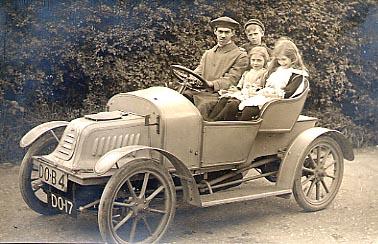 |
Redshaw's eldest
son, William Harold, preferred cars to photography and is pictured
here at the wheel of a Renault in 1910. He was therefore popular
with his various younger relatives and was always willing to take
them out for a ride. Those in the passenger seat are his
half-brother Claude and half-sisters, Maud and Florence. |
After
retiring from the business in 1930, William continued to pursue his other interests, mainly music, and he played a number of instruments with equal accomplishment including the piano, organ, harp and violin, and in his younger days had formed a drum and fife band that had become well known for its public appearances at concerts and public parades in the district. He was also actively connected with a nigger minstrel group, a troupe of performing artistes playing banjos and singing in the manner of the traditional black minstrels that had become popular during the period but is no longer considered fashionable or acceptable today because of the mores of political correctness. Redshaw also loved growing flowers and vegetables and spent hours in the garden of his home at No 41 George Street, Bourne, and was a frequent prize-winner when he exhibited his produce at local shows.
|
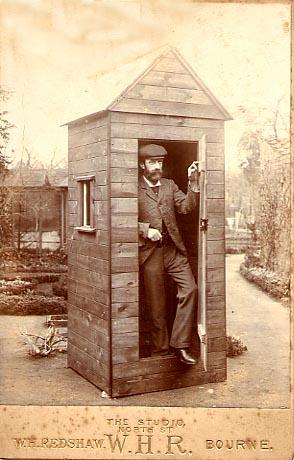
|
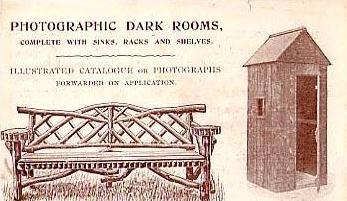
|
|
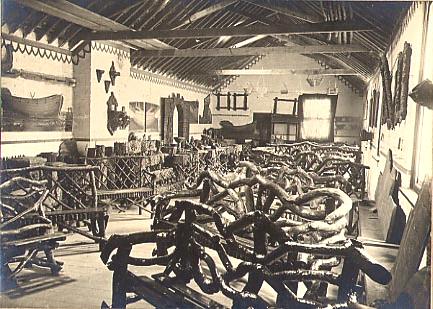 |
|
 |
|
William Redshaw is
pictured (above left) in the photographic dark room that he designed
and later sold through his illustrated catalogue (above right) and
below that is a view of his showroom with items of his English
rustic garden furniture that was manufactured in the workshops
behind. He was always
ready to spot an opening in the market to launch another
enterprise and when the cycle started to become popular, he
invented a paste that was guaranteed to remove rust which was soon
selling profitably (below). In later years, he diversified even
more through the sale of flowers, bedding plants, bouquets,
wreaths and crosses as well as seeds for flowers and vegetables
and these advertisements illustrate that he never missed exploiting a
gap in the market whenever he saw it. |
 |
|
Apart from his photographs of Bourne, Redshaw was best known during his later years for his remarkable likeness to the celebrated Irish dramatist George Bernard Shaw (1856-1950) who was his contemporary, being born in the same year. Redshaw, like Shaw, had a striking appearance, almost identical in looks and bearing, tall, always smartly dressed and with a grey beard that added to his distinguished demeanour, and he never disguised his pleasure at being mistaken for the great writer and social reformer which occurred on many occasions.
Redshaw died at home on Monday 24th May 1943 at the age of 86. His second wife Jane survived him, as did his three sons and three daughters. Unusually, the funeral service was not held in church but at his house in George
Street and was conducted by the Rev E S France, the local Methodist minister, and afterwards he was buried in the town cemetery.
Many of the photographs that he took of the town have been preserved and some of his street scenes captured during the late 19th and early 20th century can be seen in Bourne in Past Times and for this vision of the years that have gone, we can thank William Redshaw.
|
A FAMILY
PORTRAIT
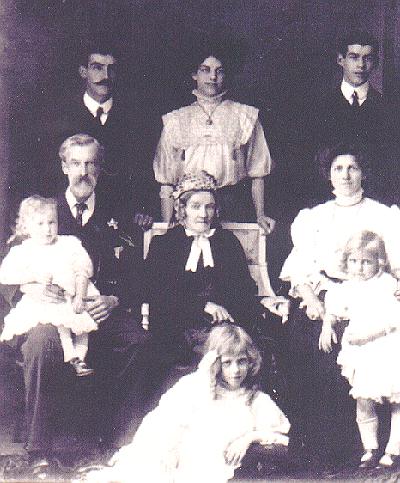 |
|
This
photograph was taken in 1909 most probably by an apprentice or an
assistant employed by William Redshaw after he had set up the
camera, thus enabling him to sit with the family. The three people in the back row are the
children by his first wife Mary Ann, namely William Harold (born
1888), Ethel (1890) and Sydney Hugh (1892). The other three
children are those by his second wife, Mary Jane, namely Florence
(born 1903), seated on the floor, Maud (1905), standing next to
mother, and Claude Henry (1908), sitting on his father's lap. The
elderly lady sitting in the middle is almost certainly William
Redshaw's mother, Elizabeth. |
See also
Examples of William Redshaw's portraiture
Mary Buckberry
A North Street memory
No 49 The North Street Terrace
Bourne Revisisted

Go to:
Main Index Villages
Index
|














